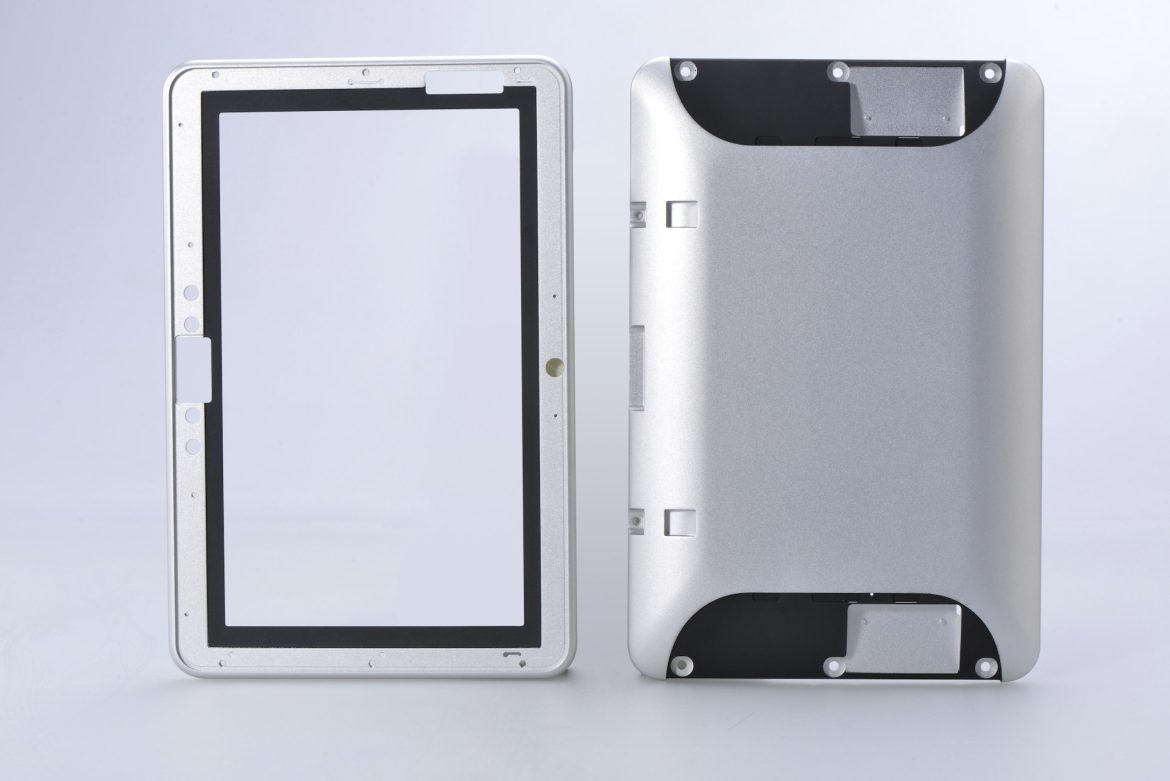If you’re a fan of science fiction, you might remember The Expanse, where characters used sleek, transparent communication devices that looked straight out of the future. While it once seemed like pure fantasy, the possibility of transparent screens on consumer devices is edging closer to reality. At this year’s Mobile World Congress (MWC) in Barcelona, Lenovo showcased a working prototype of a laptop featuring a transparent LED display. It bore a striking resemblance to those futuristic gadgets from the series—and raised an intriguing question: are we on the verge of transparent smartphones?
Before diving into that possibility, it’s important to understand how this technology actually works.
Understanding Transparent LED Technology
Most modern devices use LED (Light Emitting Diode) technology in their displays, although some lower-end gadgets still rely on LCD panels. LED displays function by using tiny semiconductor components that light up when electrical current passes through them.
An advancement of this is OLED (Organic Light Emitting Diode), where each pixel emits its own light and color without needing a backlight. Transparent LED tech builds on this concept by using a see-through substrate to hold the light-emitting diodes. These screens can allow a significant amount of ambient light—up to 70–80%—to pass through when the display isn’t actively projecting an image.
To achieve this transparency, the materials used must also be transparent, including anodes and the wiring that connects the diodes. While early versions of the technology were limited to basic monochrome output and were prohibitively expensive, modern manufacturing improvements have made full-color transparent displays a reality—at least in prototypes.
Why You’re Not Holding a Transparent iPhone Yet
As exciting as a transparent smartphone sounds, the concept comes with serious drawbacks. For starters, having a see-through screen could be distracting. You’d constantly be aware of whatever’s behind the phone, reducing readability and usability.
Then there’s the issue of privacy. Imagine using your phone on a train or in public—anyone behind you could potentially see what’s on your screen. While it’s possible to add a polarizing filter that makes the display opaque at the touch of a button, it defeats the purpose of a transparent device in the first place.
Another challenge is hardware. Smartphones are packed with components—batteries, chips, memory boards—all of which would need to be either transparent or somehow hidden. One approach could be to confine the opaque electronics to a small section of the phone, similar to Sony’s 2009 Xperia Pureness. But that device was more of a novelty than a practical tool, and this approach hasn’t seen widespread adoption.
In short, while the technology exists, it’s currently more of a proof-of-concept than something users would find useful in everyday life.
Where Transparent Displays Actually Make Sense
Transparent screens may not be ideal for phones, but they do offer exciting possibilities in other areas.
One clear use is in advertising. Imagine subway windows turning into dynamic displays between stations, showing maps, updates, or promotions. This isn’t just theoretical—it’s already been tested in places like Japan and China. The concept allows for information delivery without permanently blocking visibility, offering a flexible and engaging experience.
Another innovative application is smart windows in homes or offices. These could serve as information hubs during the day—displaying weather updates, calendar events, or news—and transform into entertainment centers by night. Large transparent displays embedded in glass could function as both windows and immersive TV screens, blending style with function.
A Glimpse of the Future
While a fully transparent smartphone might still be years away (if it ever becomes practical at all), transparent LED technology is real and evolving. As manufacturers continue to refine the materials and reduce production costs, we may begin to see these displays pop up in homes, public transit, or high-end storefronts.
For now, the dream of holding a sci-fi-style communicator remains mostly a fantasy—but it’s no longer as far-fetched as it once seemed. The groundwork is being laid, and the future of display technology is beginning to look a lot more like the stuff of science fiction.



